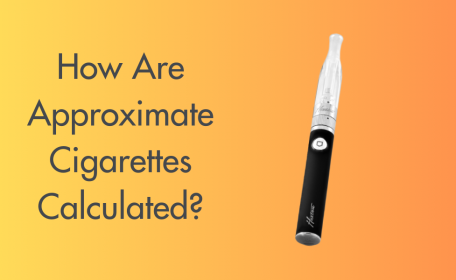← Back

Is passive 'smoke' an issue with electronic cigarettes?

Over the last few months we have heard rumours that some US authorities have been planning to add electronic cigarettes to those products banned from public places under the tobacco smoking regulations. Apparently the reason behind this was the issue of secondary smoking which
is something of a hot topic in the vaping world at this moment in time. So is secondary smoking an issue which we should be wary of with regards to electronic cigarettes, or is this an over-reaction on behalf of the authorities?
As with so many issues surrounding the electronic cigarette industry there is no definitive answer with further trials and research underway. However, there is research into secondary smoking which casts a very different light on the subject to that which the authorities seem determined to publicise.
What do electronic cigarettes create?
While many people may automatically assume that electronic cigarettes and tobacco cigarettes create the same mist this is most certainly not the case. Electronic cigarettes create water vapour while tobacco cigarettes create smoke which has been proven to contain an array of potentially harmful elements. Research to date has shown that the vapour from electronic cigarettes very quickly disperses in the atmosphere and the issue of secondary smoking is, in the eyes of many researchers, a non-event. The same cannot be said for tobacco cigarettes which is one of the main reasons why they were banned in public places and various restrictions put in place.
It is fair to say that research to date with regards to electronic cigarette and secondary smoking have not flagged any major problems although further research will be required to completely allay any fears. One research programme indicated the presence of minute carcinogenic chemicals in electronic cigarette vapour but the levels of these chemicals were so low that there was no danger to those in the vicinity. In order to completely clarify the situation, and bearing in mind that other research programs found no such chemicals in electronic cigarette vapour, further research is now ongoing.
Are the authorities now backtracking?
Despite early indications that an array of US authorities would look to ban electronic cigarettes in public places, putting them in the same category as tobacco cigarettes, these plans appear to be falling by the wayside. As more and more research programmes indicate minimal if any risk from secondary smoking the reasons behind the initial ban plans are now falling apart. It will be interesting to see whether some authorities continue to push for a ban on electronic cigarettes in public places before we see the emergence of research data which will once and for all clarify the situation.
 In many ways this is similar to the situation in which the FDA (Food and Drug Administration) has found itself in with regards to acting before research data is available. If the minority of US authorities continue to pursue a ban on electronic cigarettes in public places, without the relevant research backing, will they leave themselves open to potential legal redress from the vaping community?
Guest blog brought to you by OK E-Cigs:
In many ways this is similar to the situation in which the FDA (Food and Drug Administration) has found itself in with regards to acting before research data is available. If the minority of US authorities continue to pursue a ban on electronic cigarettes in public places, without the relevant research backing, will they leave themselves open to potential legal redress from the vaping community?
Guest blog brought to you by OK E-Cigs:

 In many ways this is similar to the situation in which the FDA (Food and Drug Administration) has found itself in with regards to acting before research data is available. If the minority of US authorities continue to pursue a ban on electronic cigarettes in public places, without the relevant research backing, will they leave themselves open to potential legal redress from the vaping community?
Guest blog brought to you by OK E-Cigs:
In many ways this is similar to the situation in which the FDA (Food and Drug Administration) has found itself in with regards to acting before research data is available. If the minority of US authorities continue to pursue a ban on electronic cigarettes in public places, without the relevant research backing, will they leave themselves open to potential legal redress from the vaping community?
Guest blog brought to you by OK E-Cigs:

























